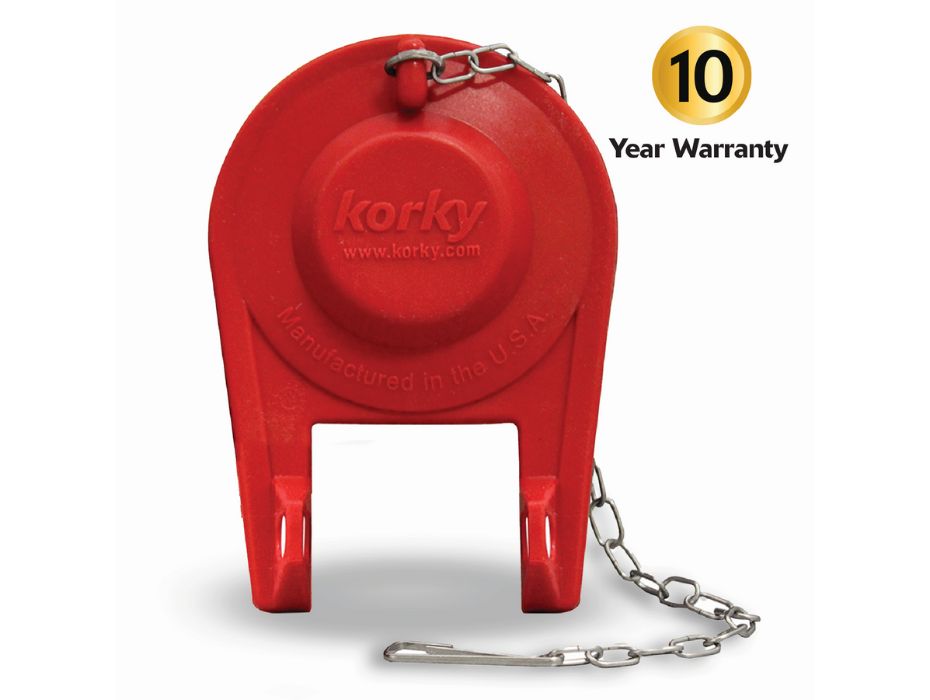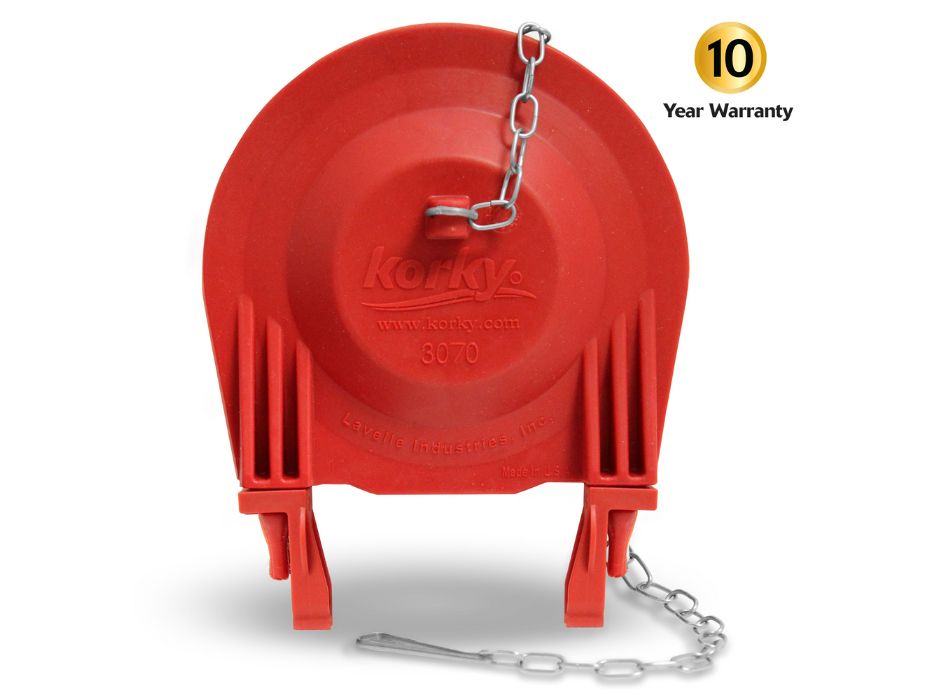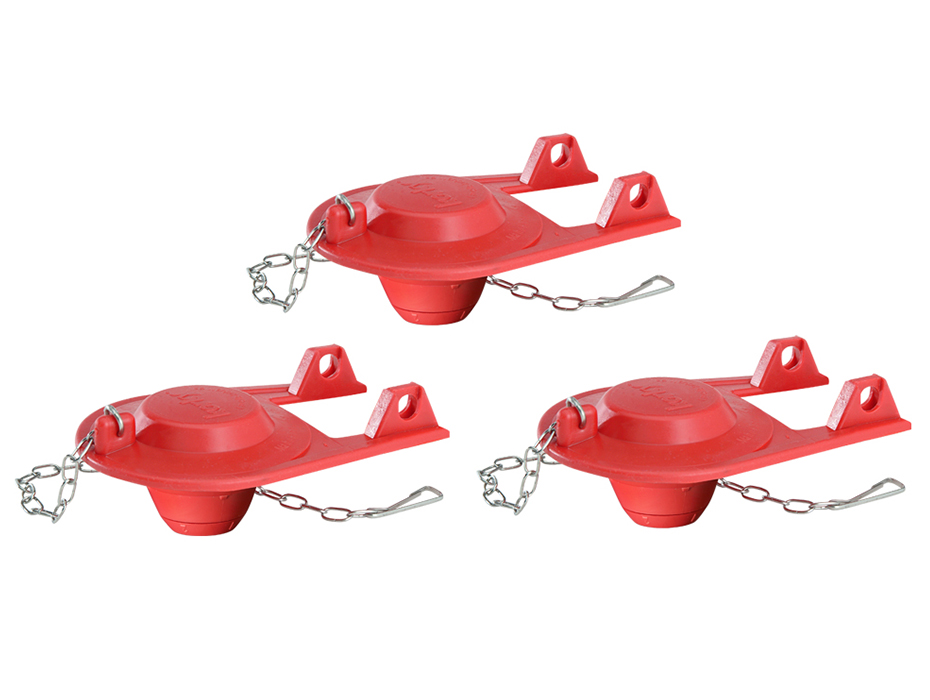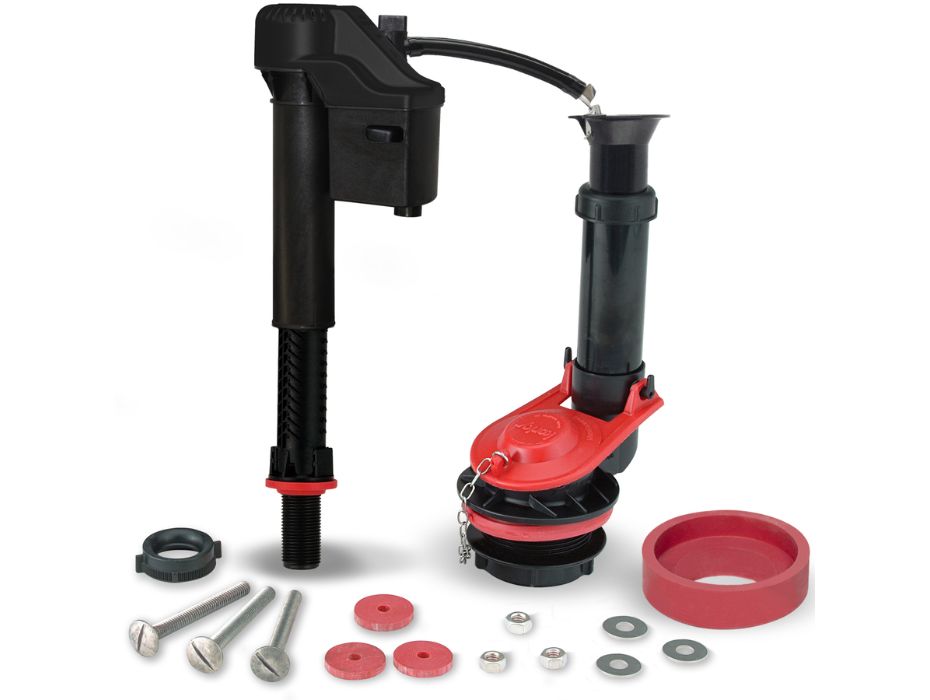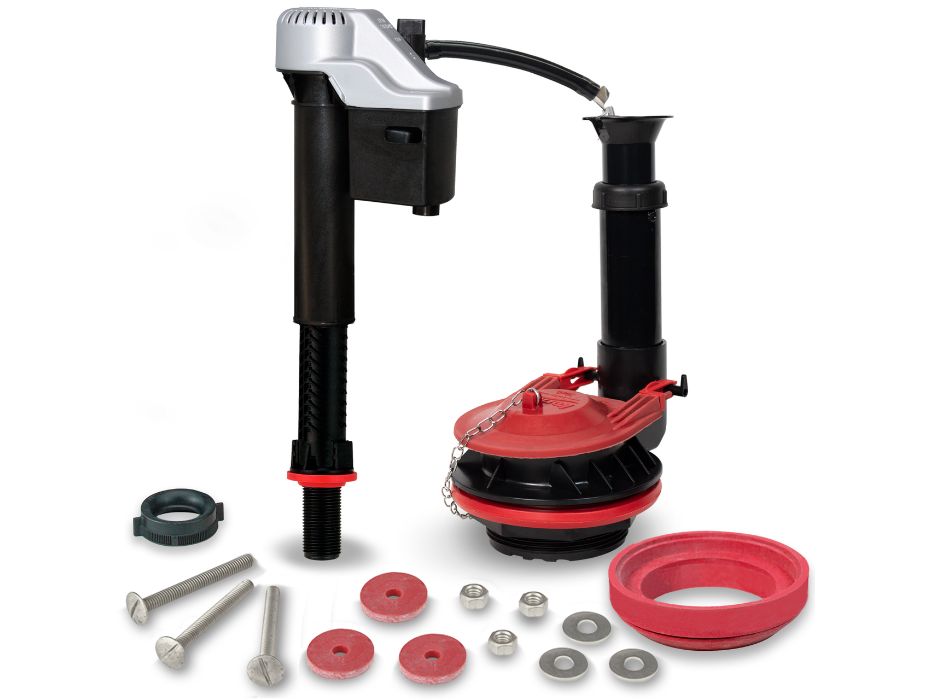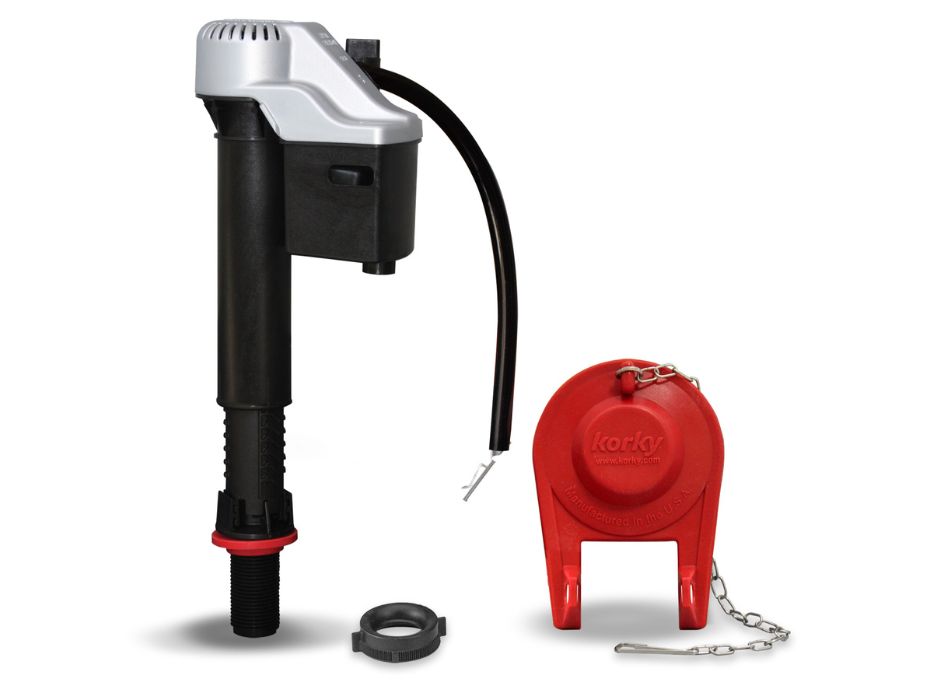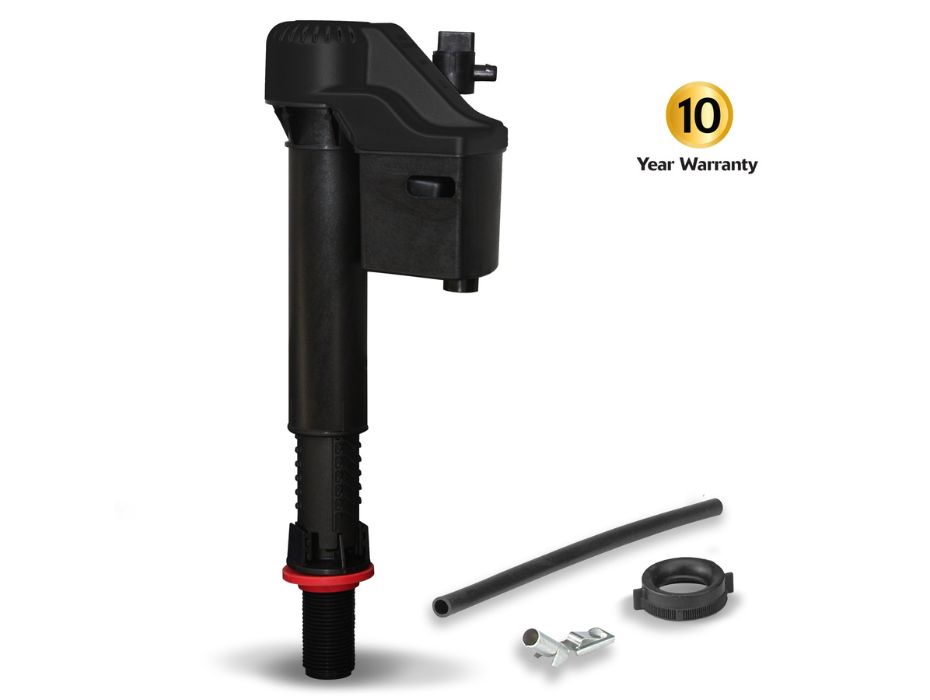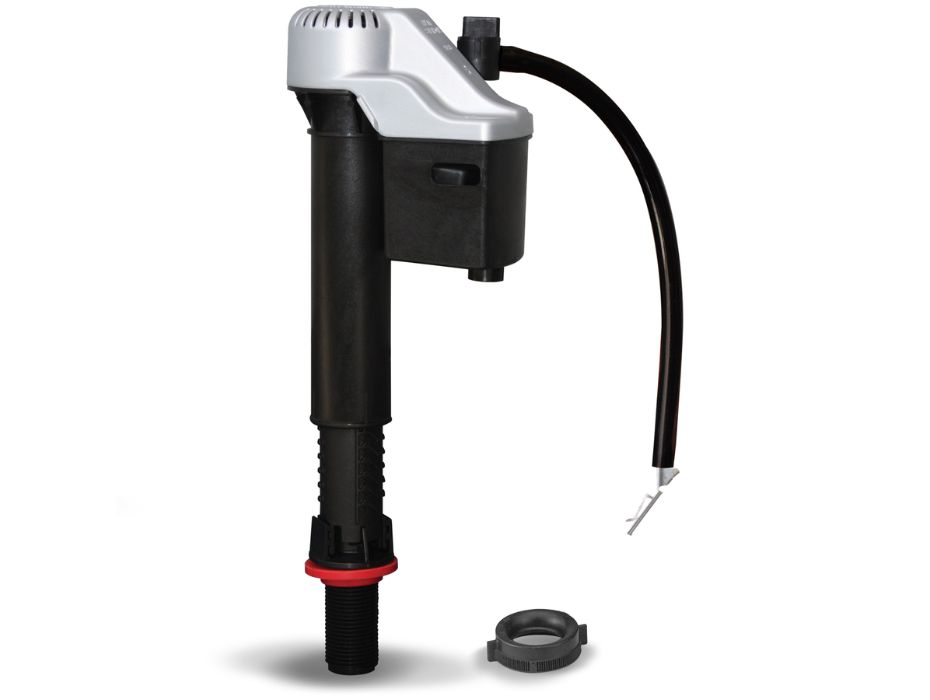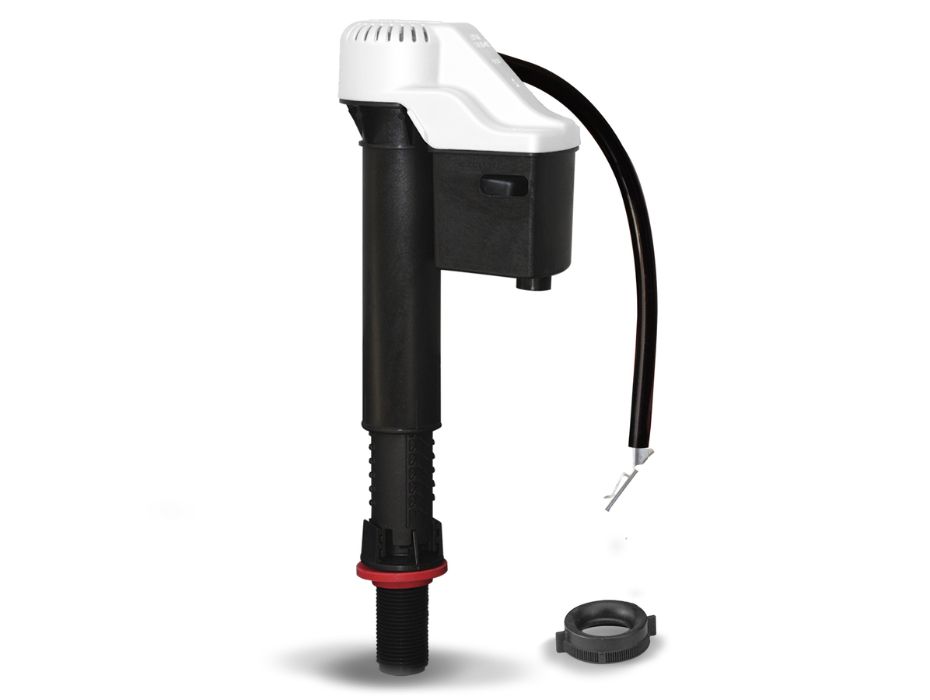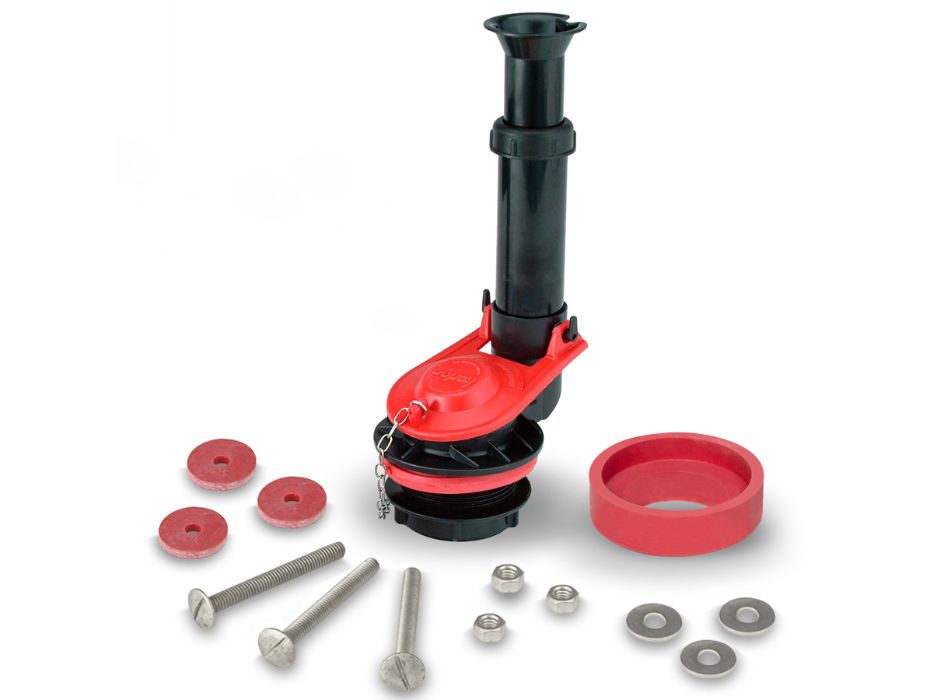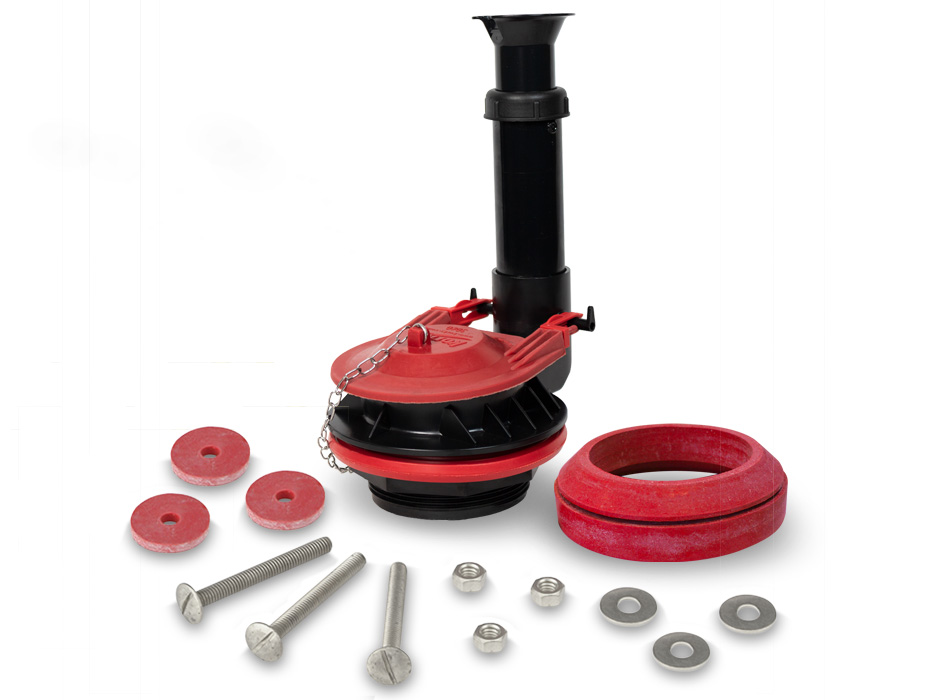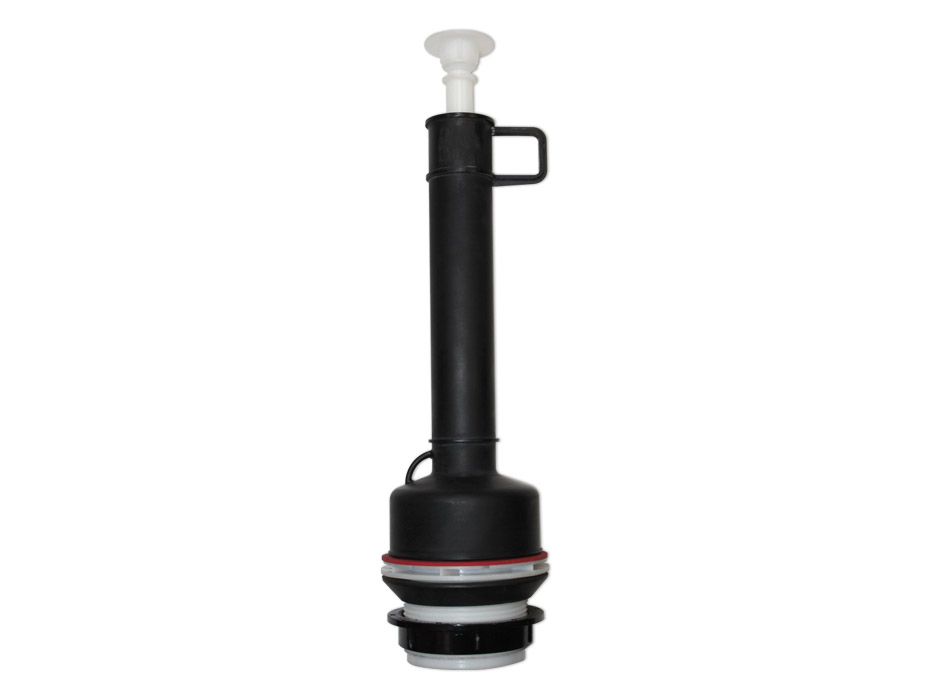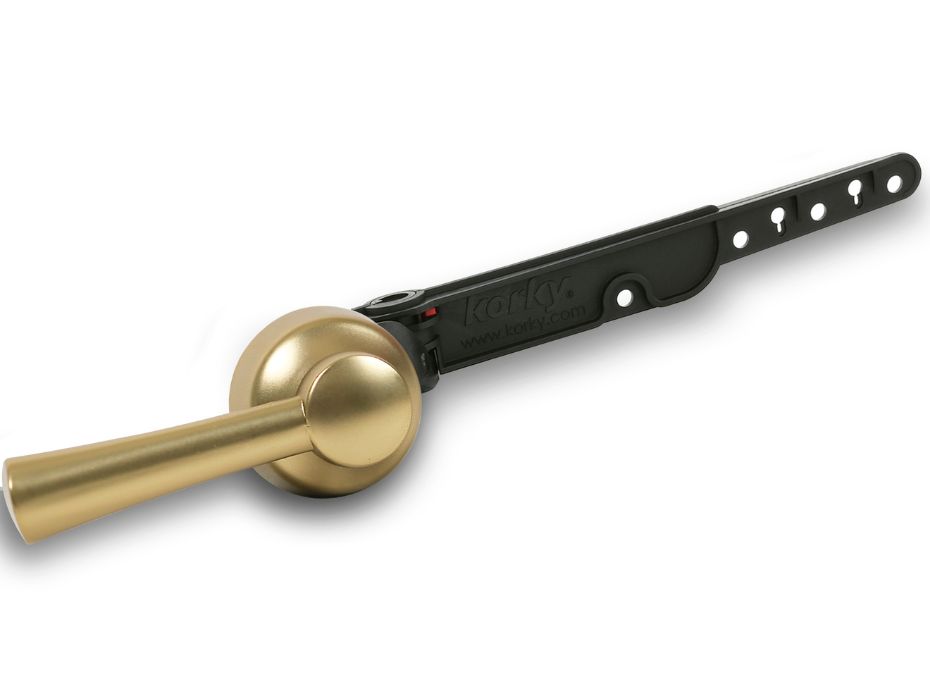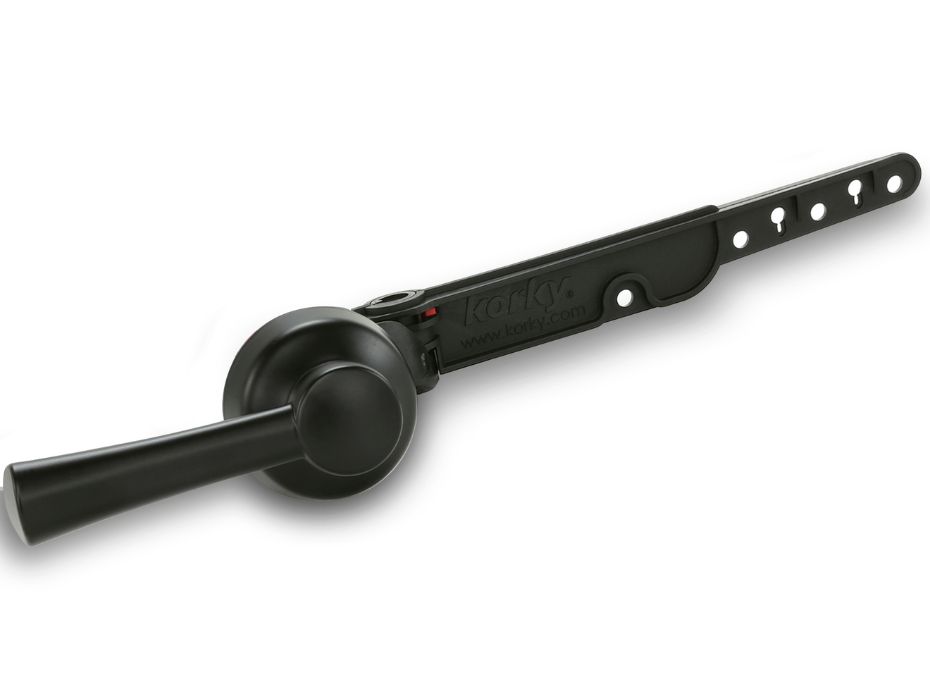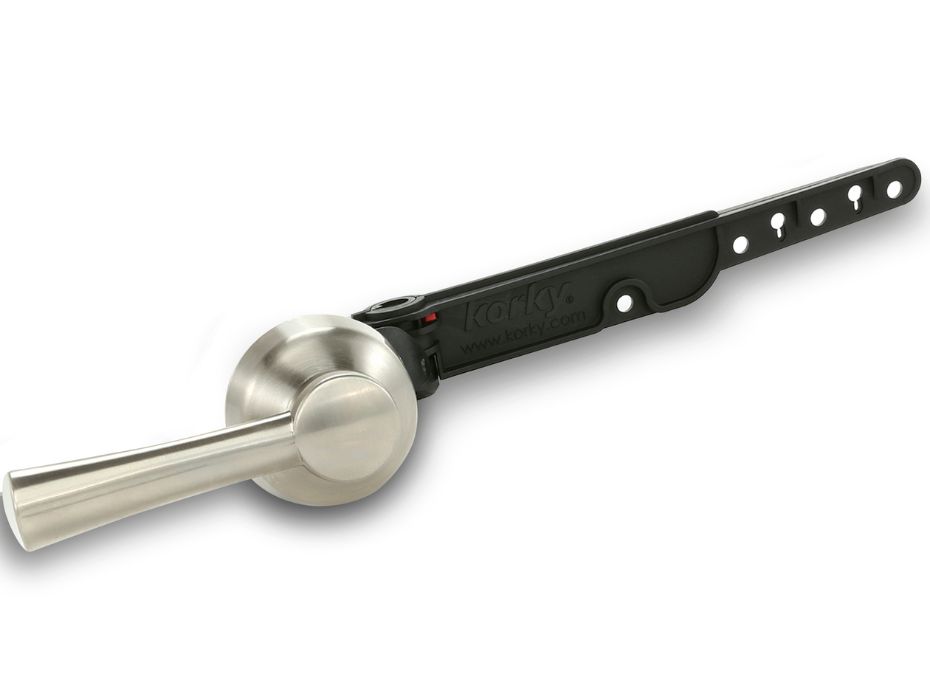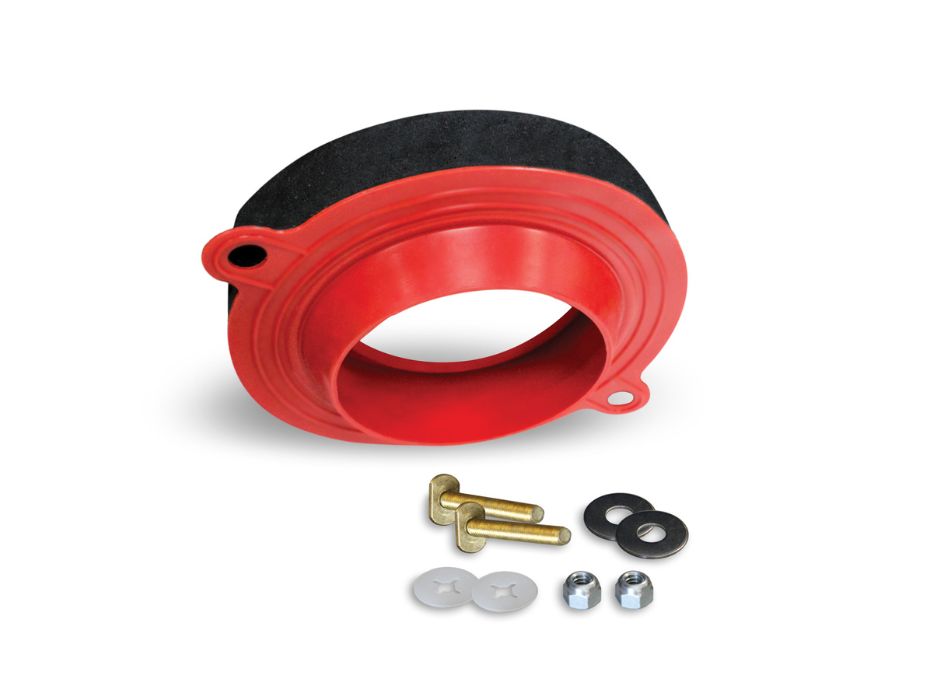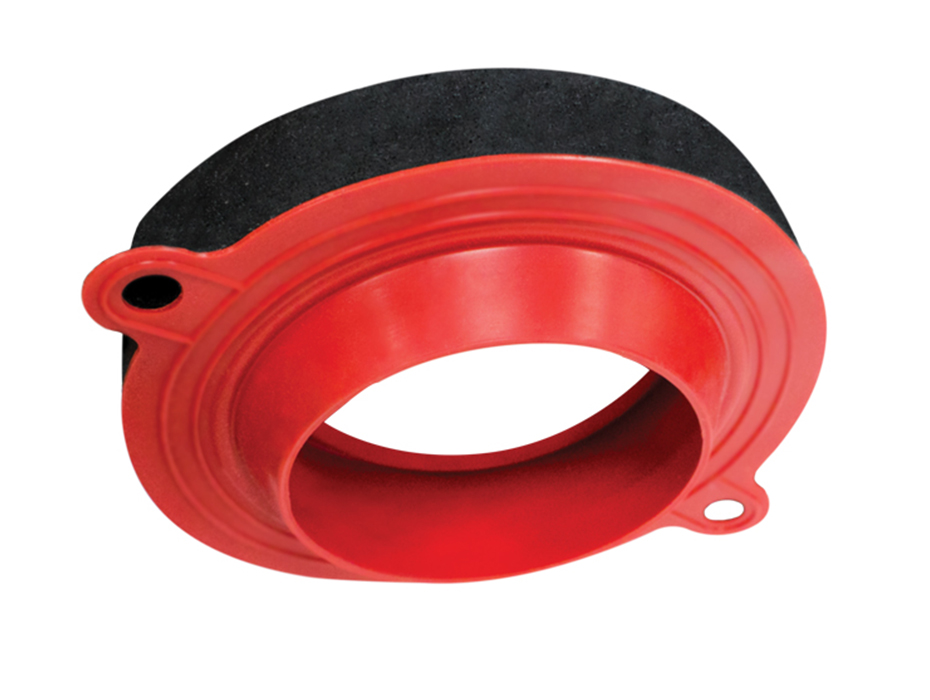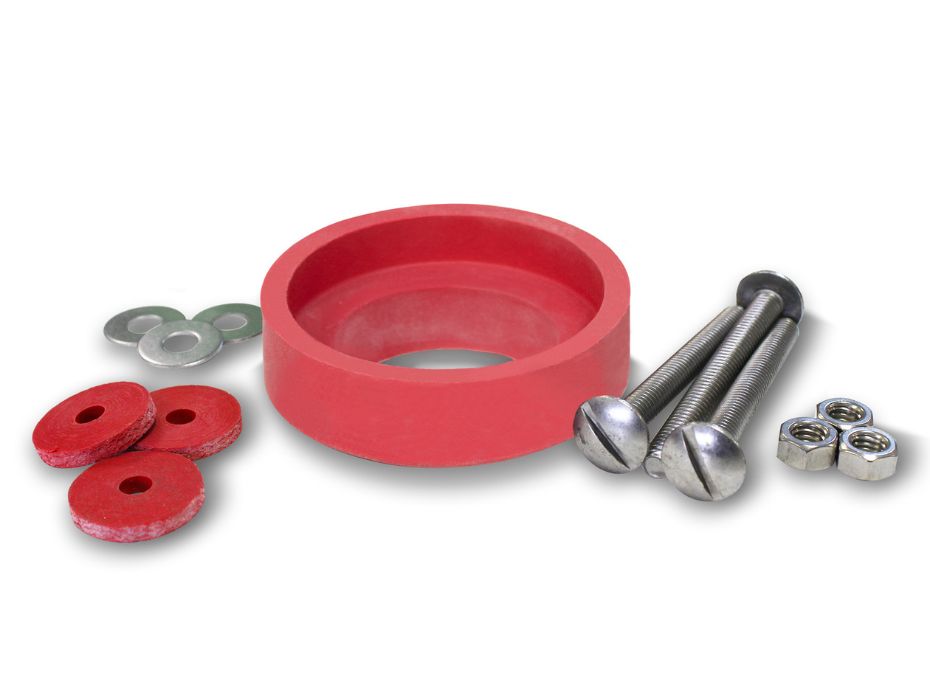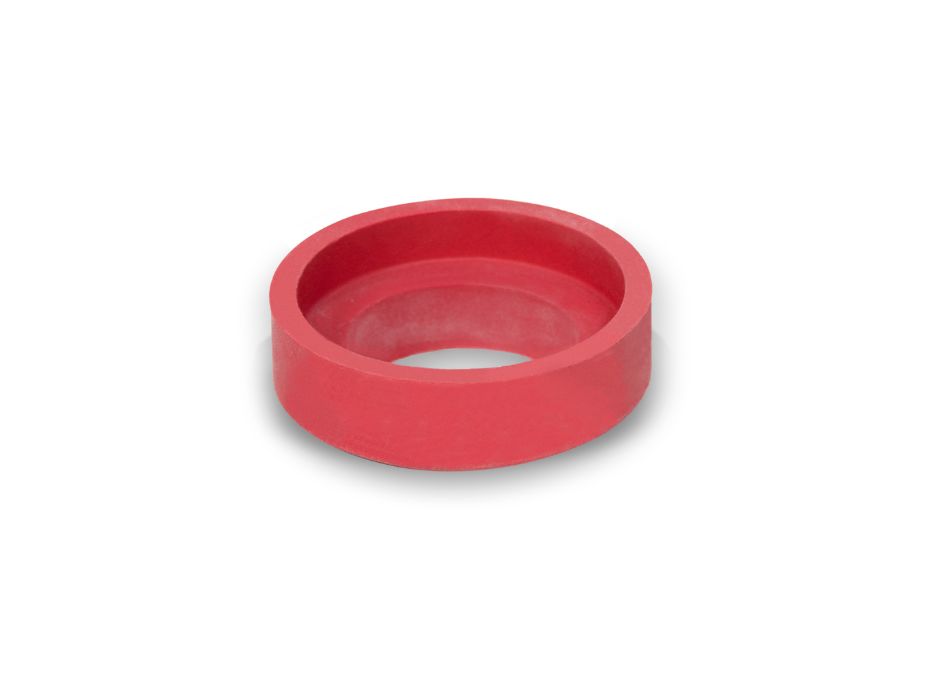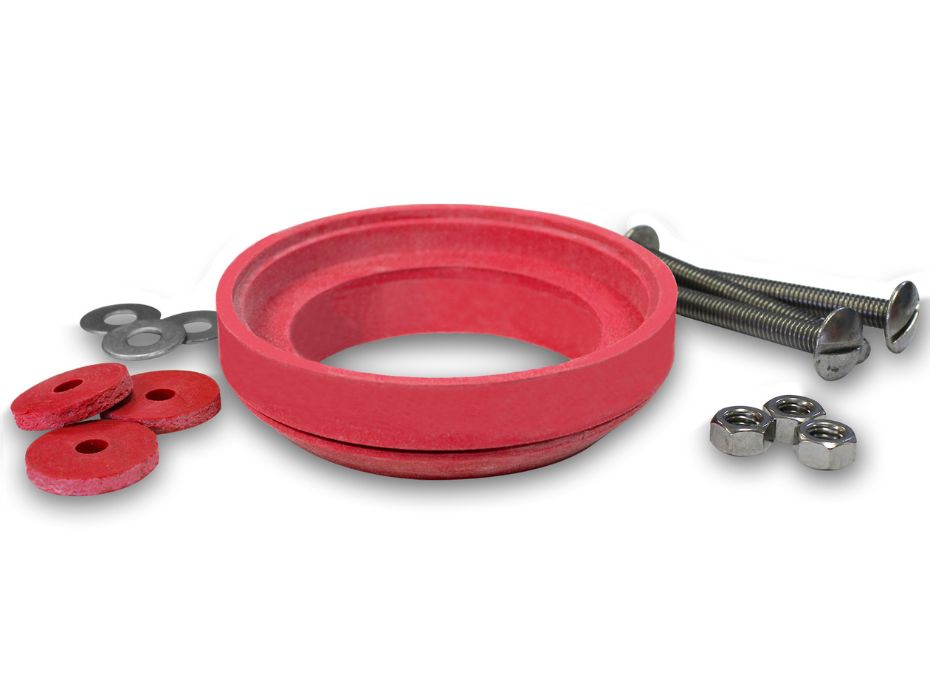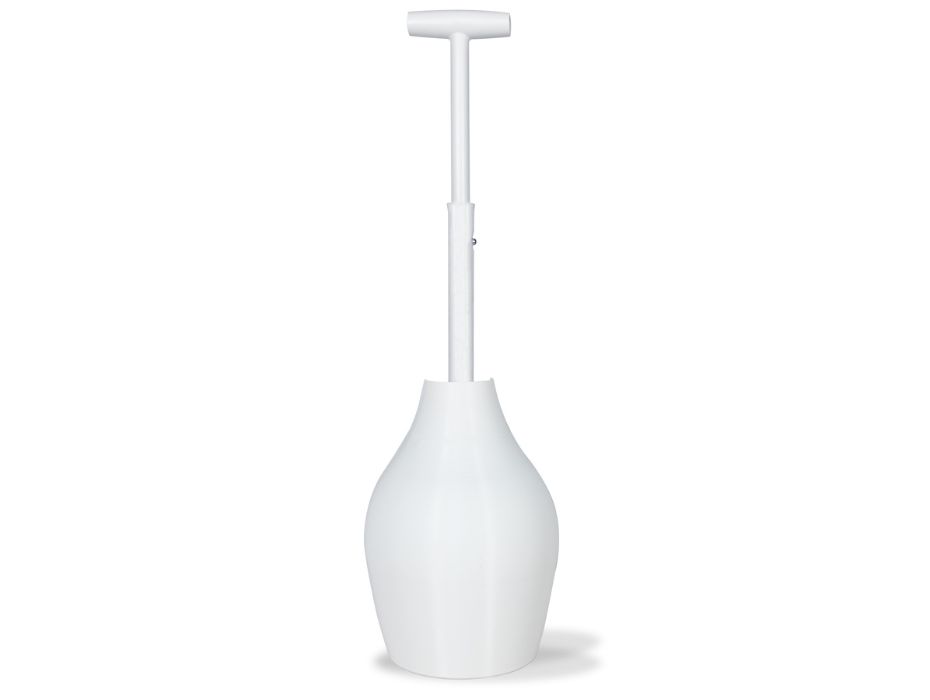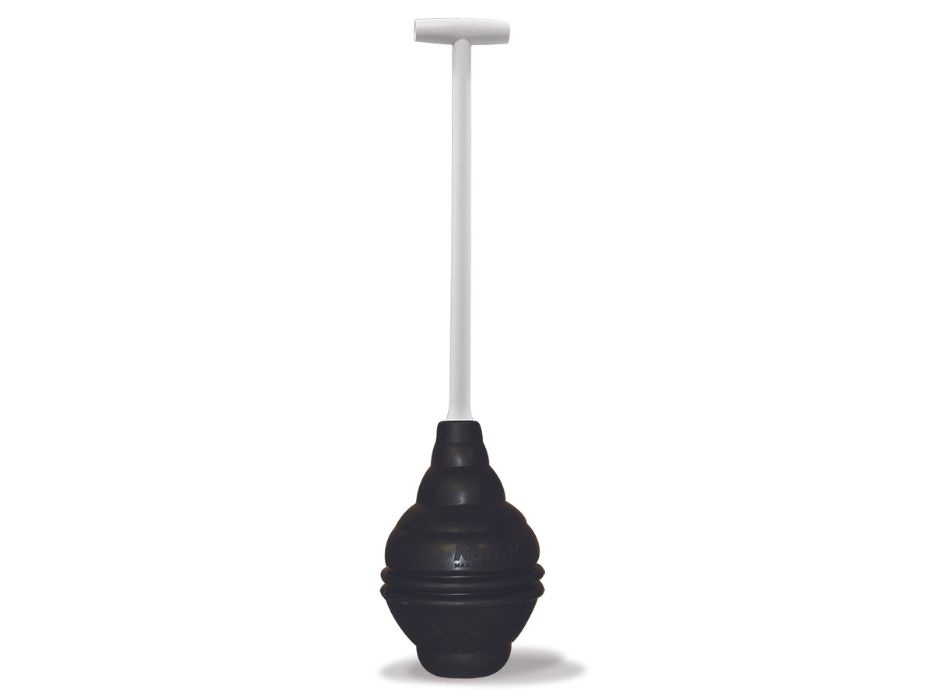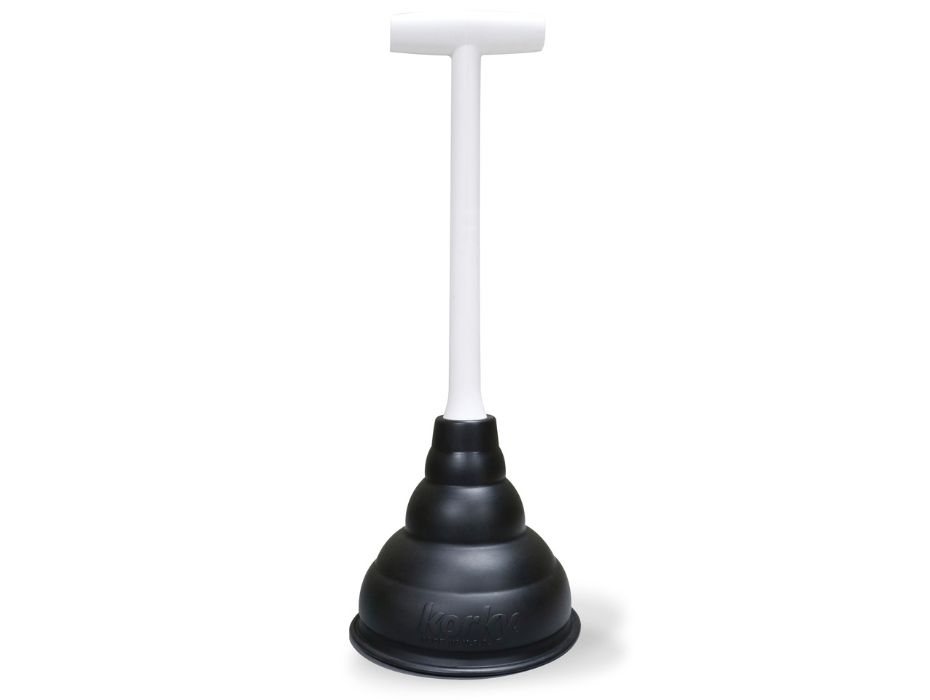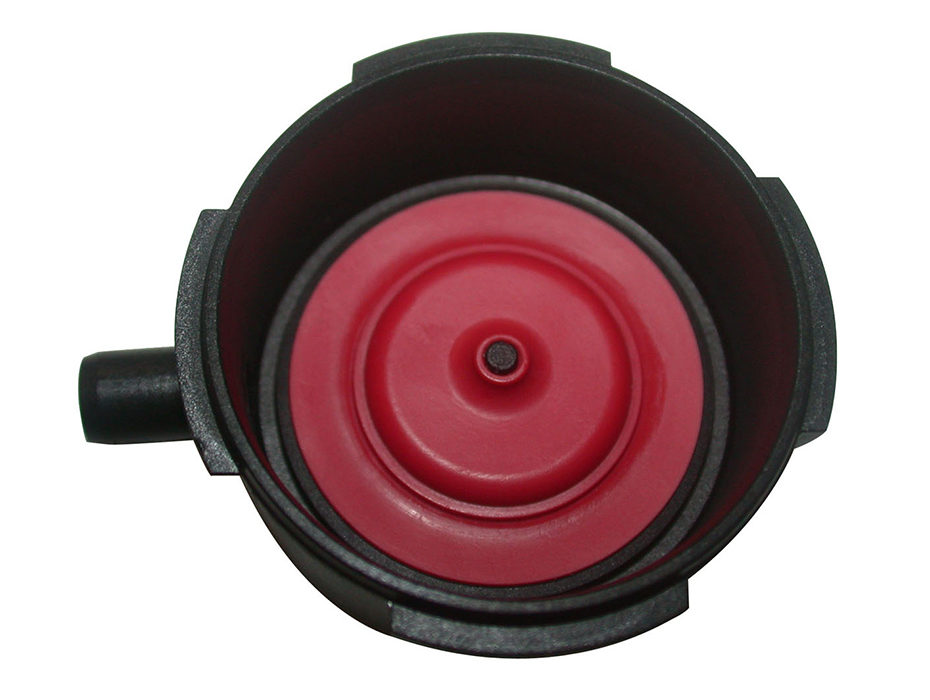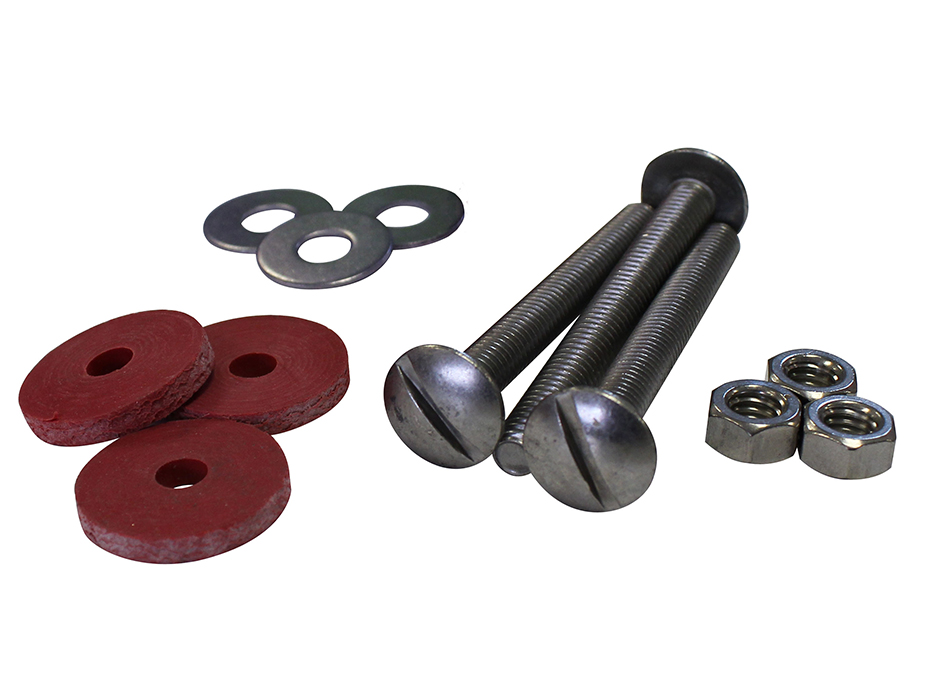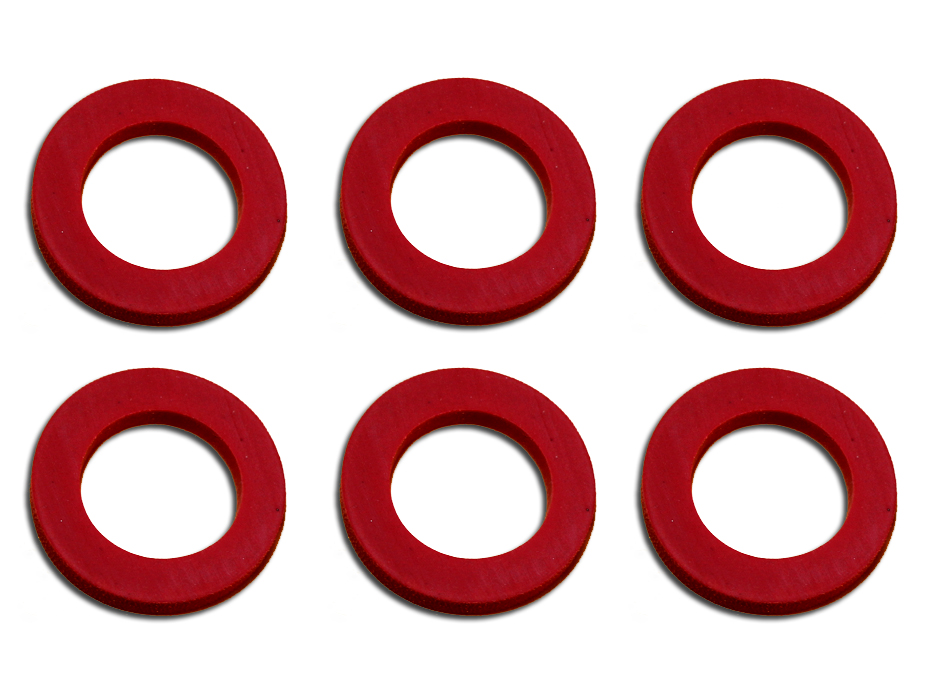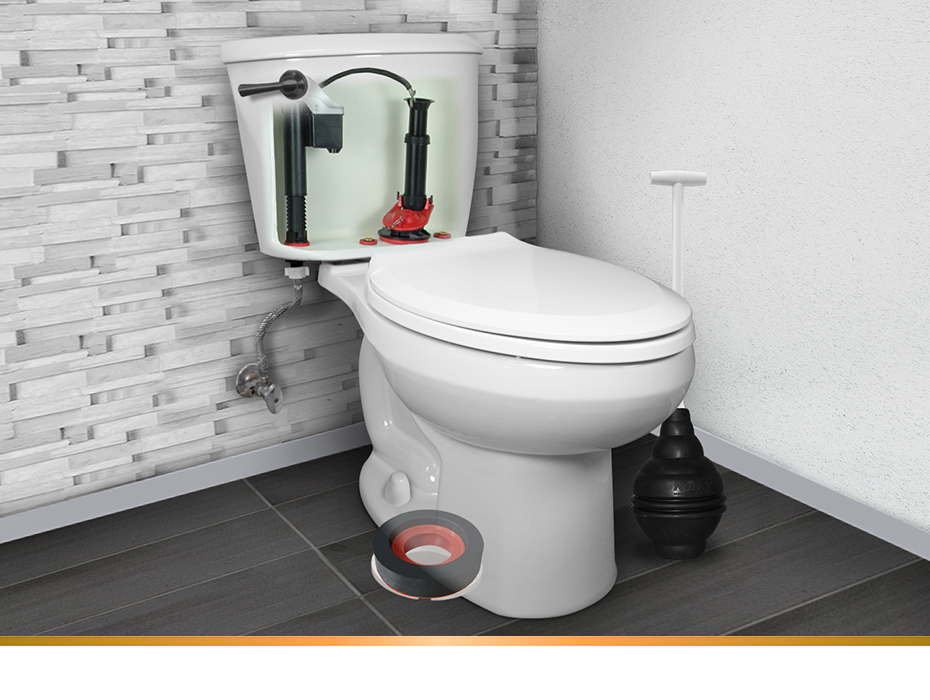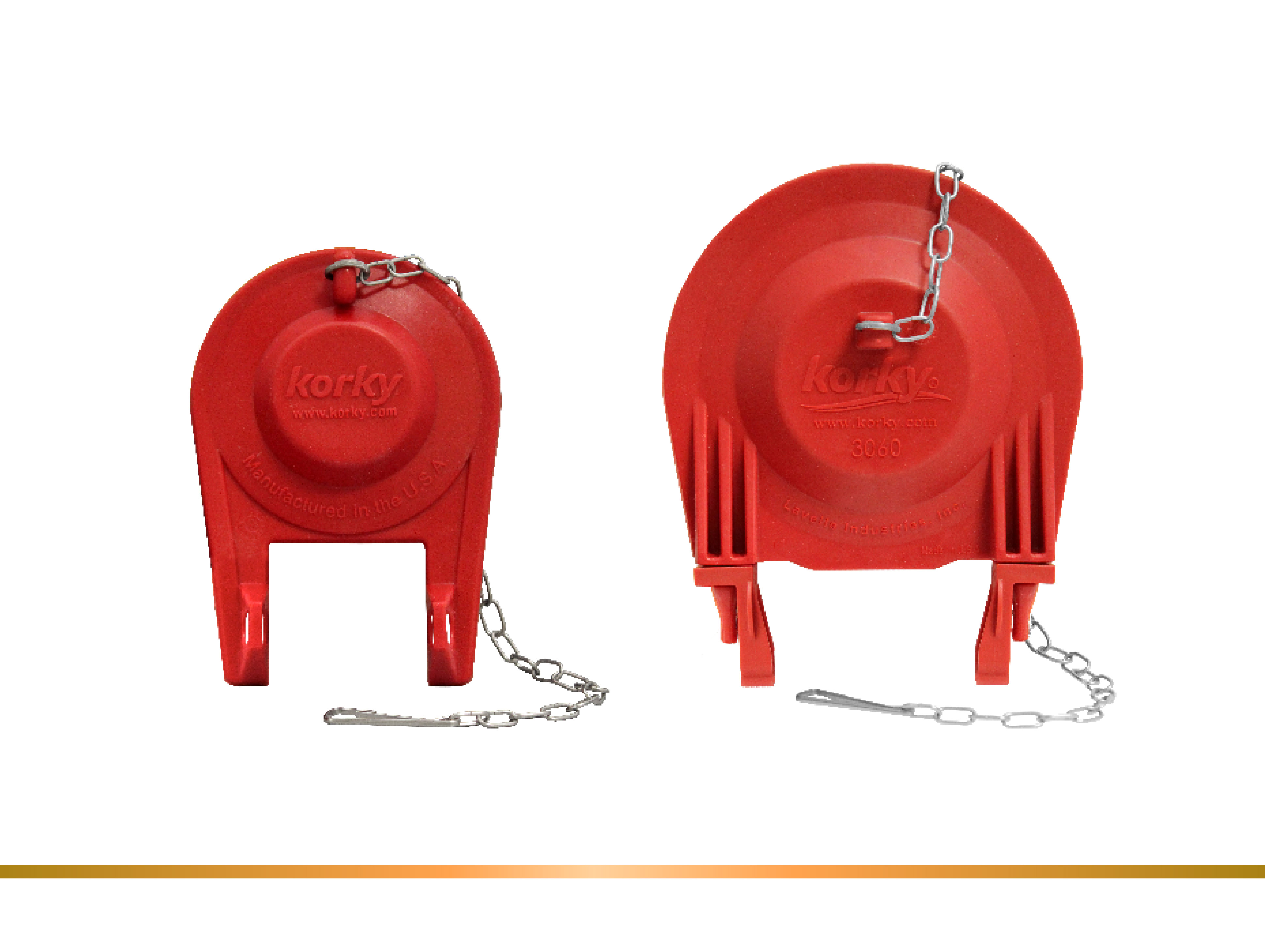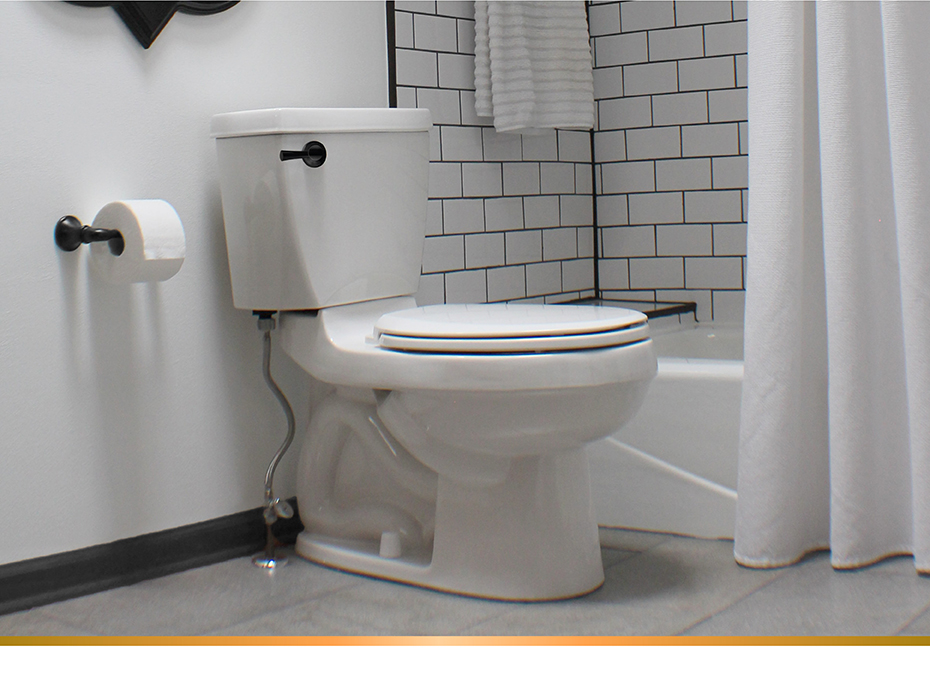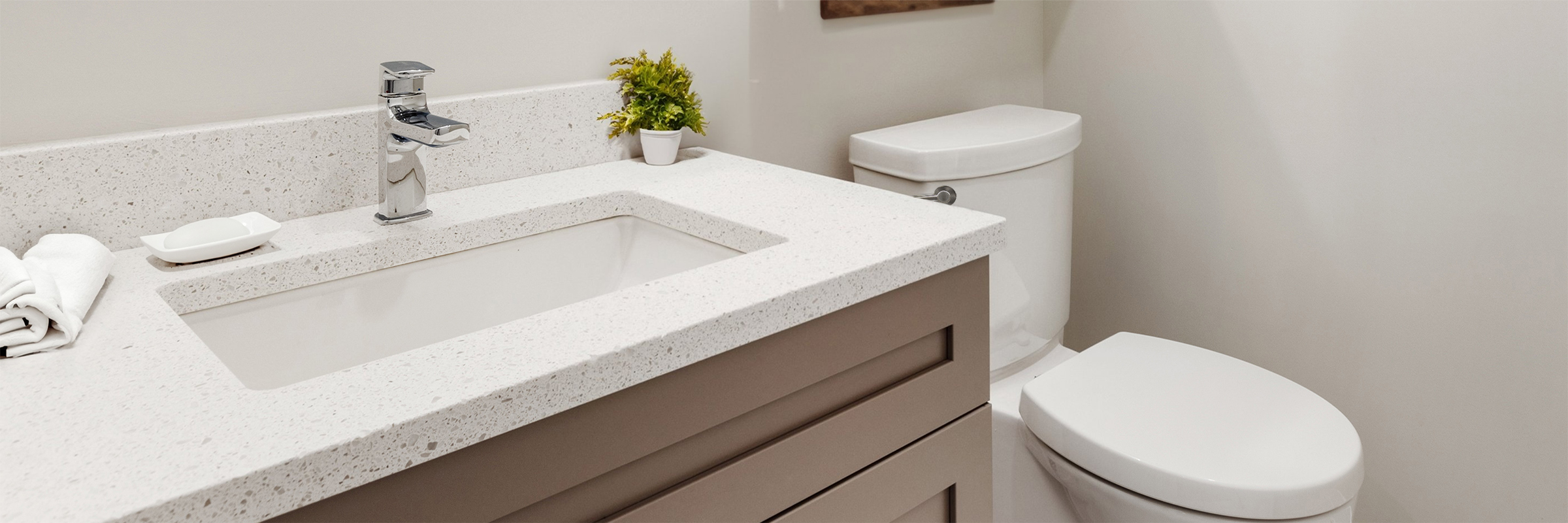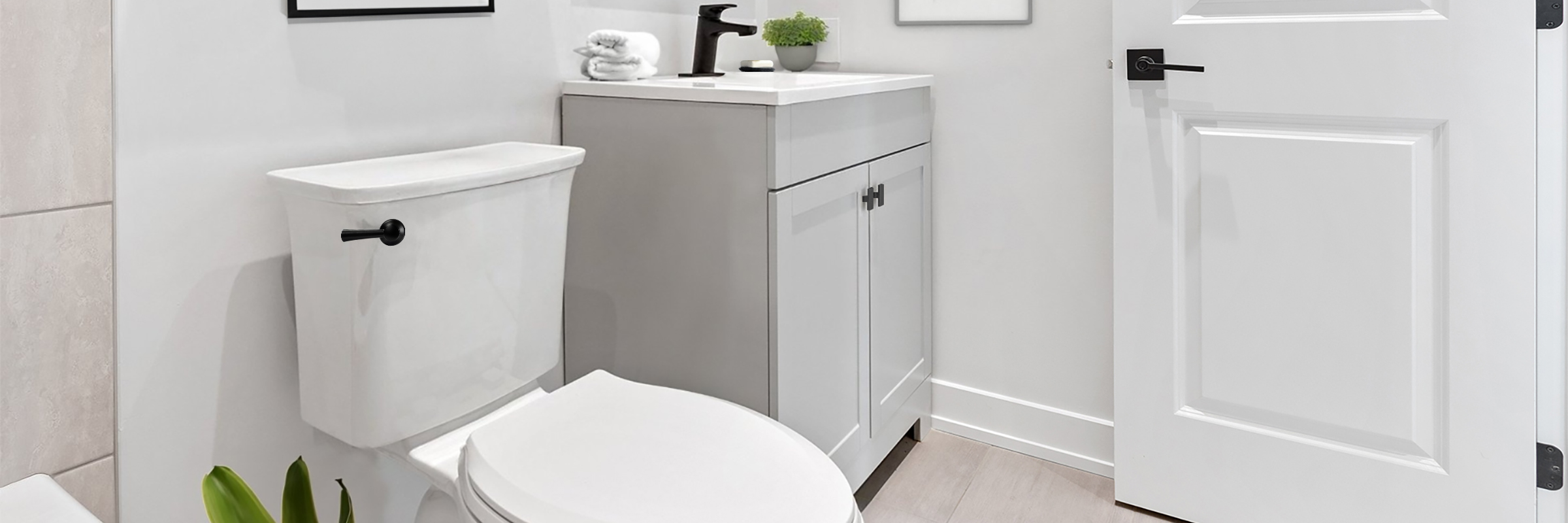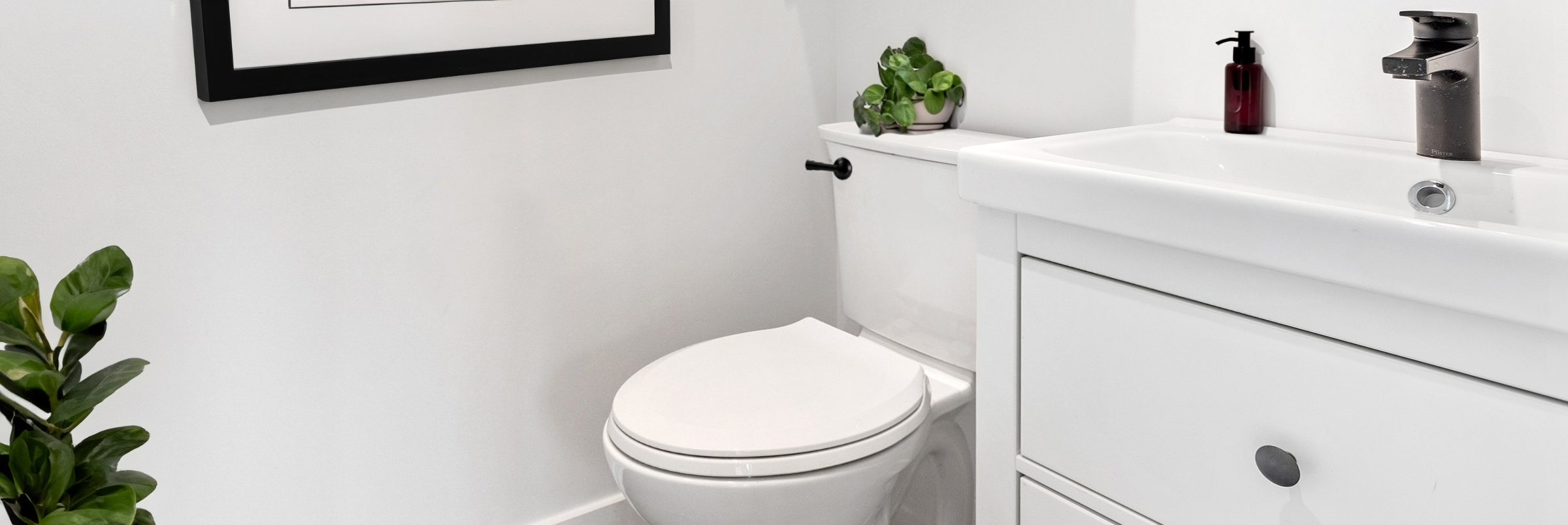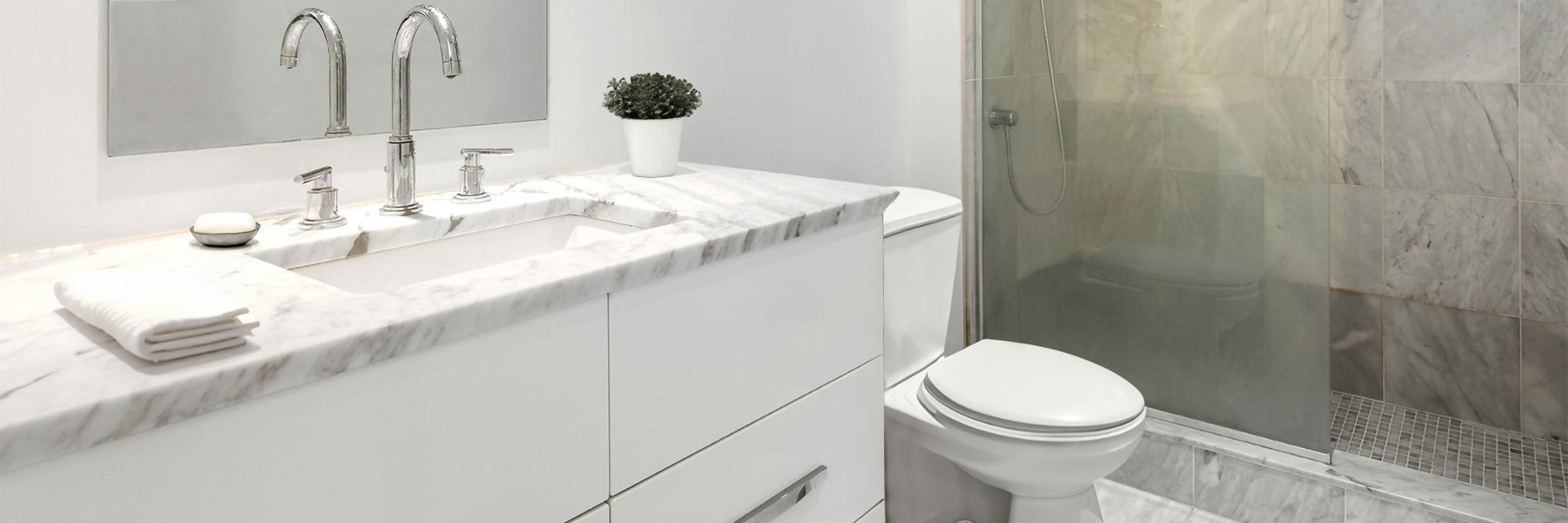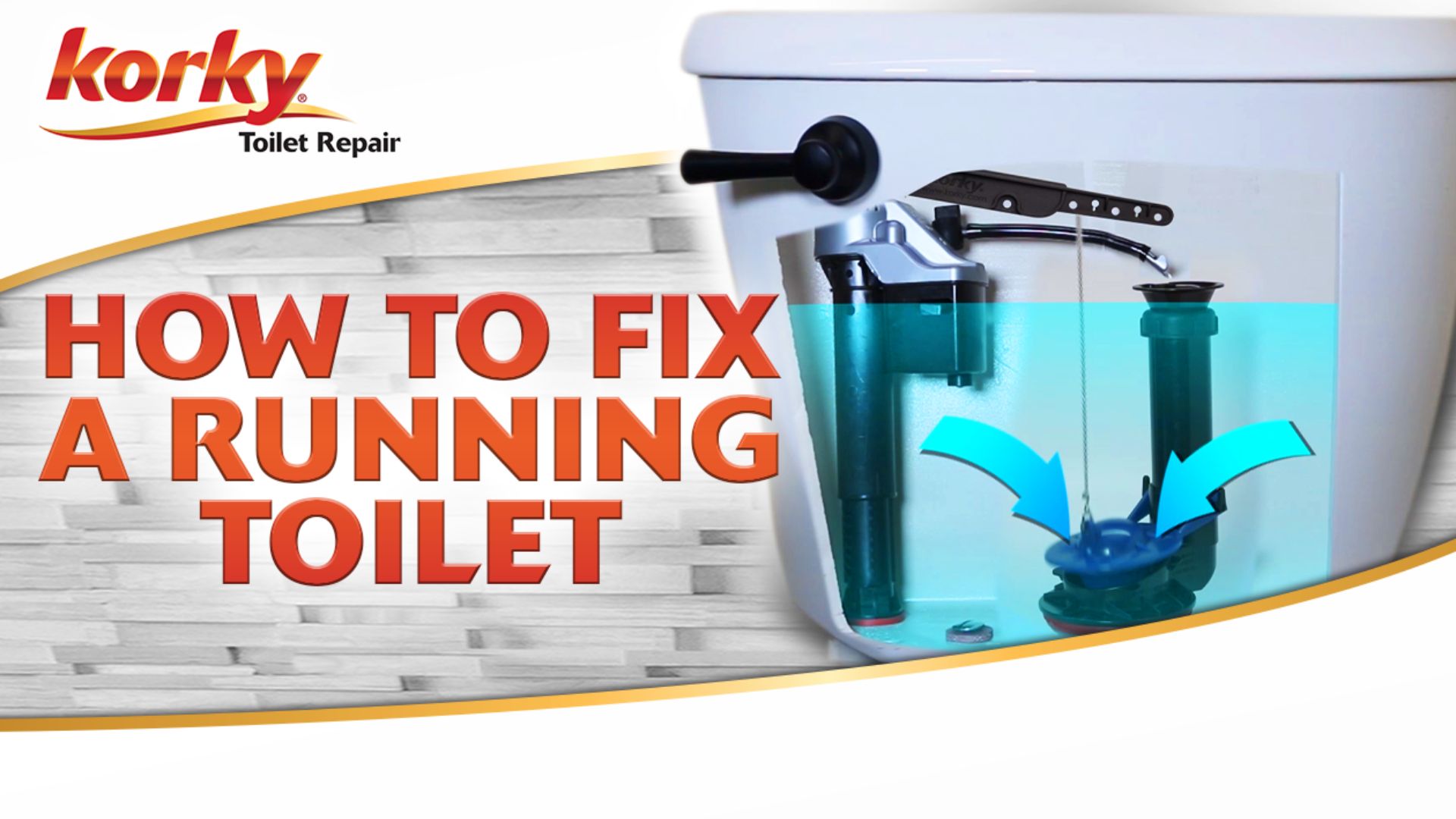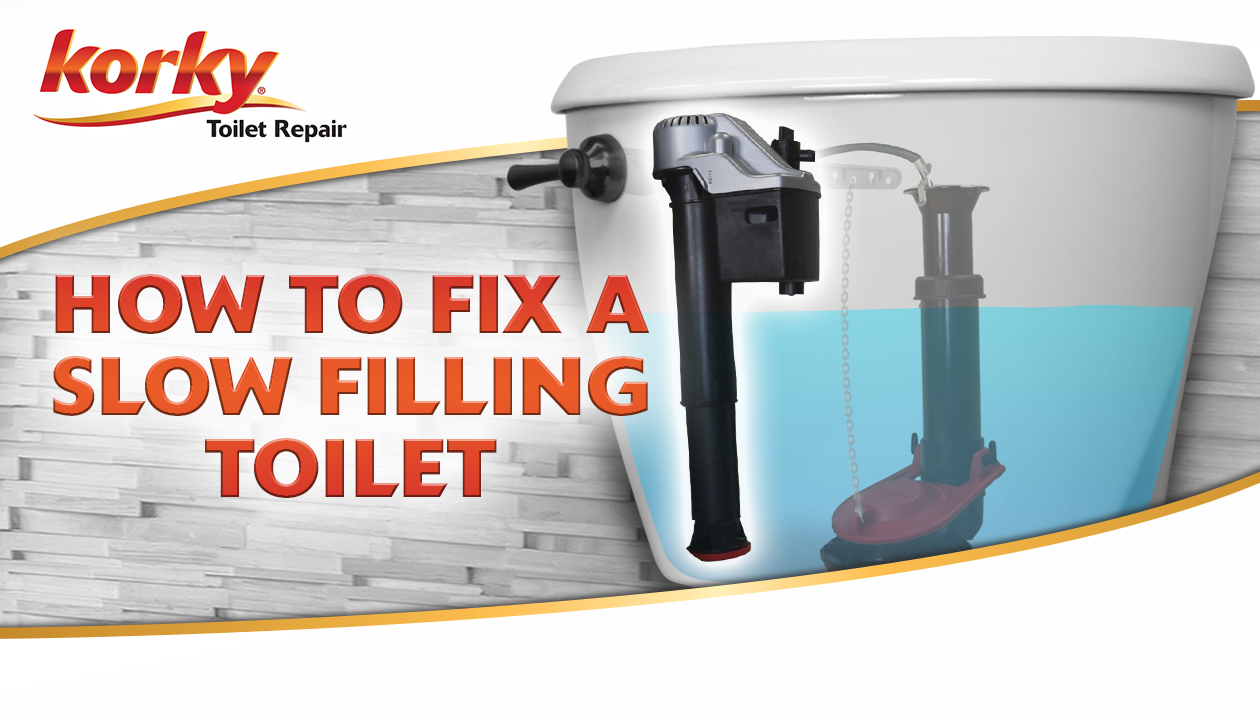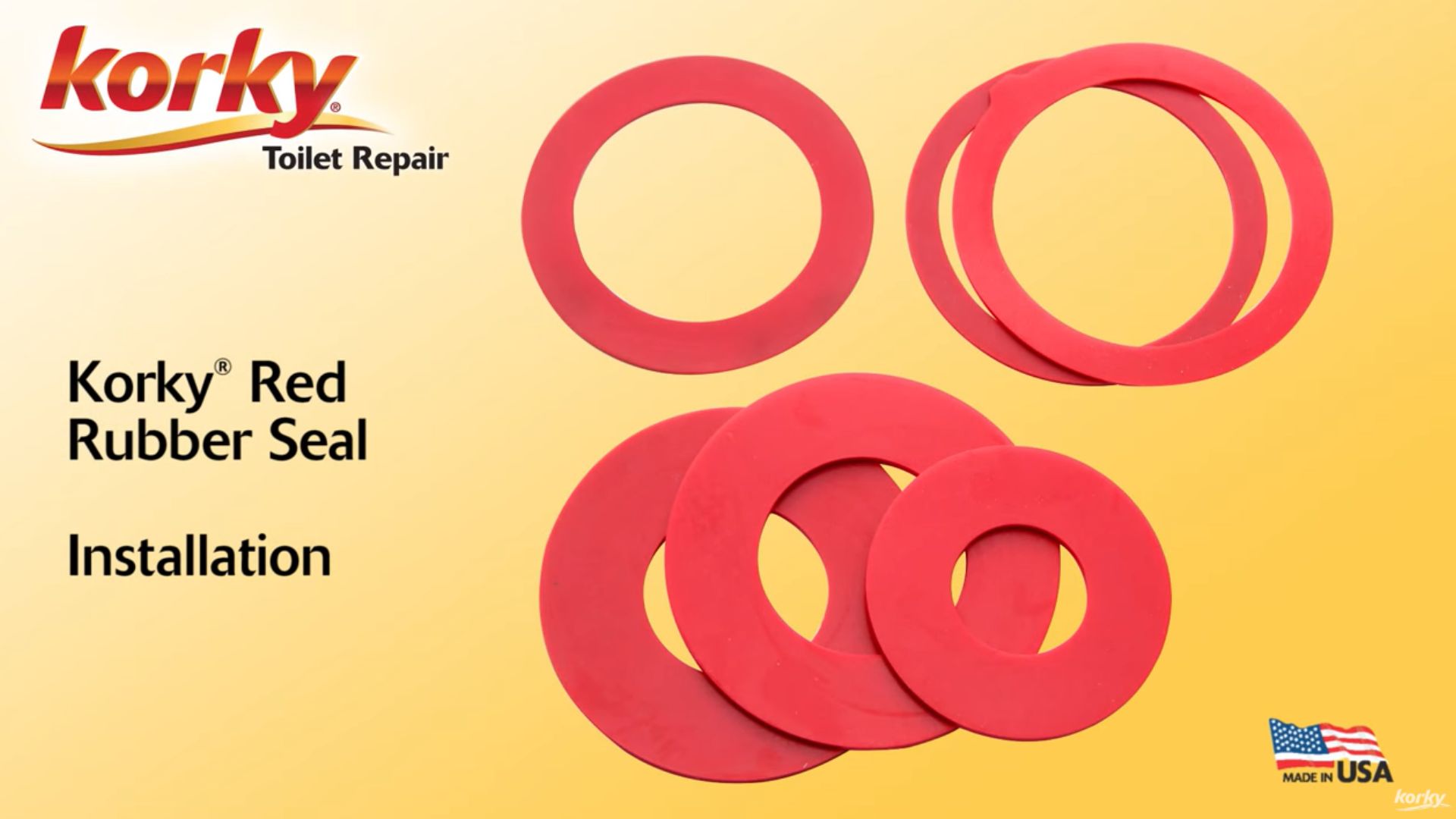How to Fix a Running Toilet
Is your toilet constantly running? This common problem can have an impact on your water bill. More times than not, your flapper or flush valve seal is the cause of your running toilet. As the flapper or seal slowly leaks, the fill valve turns on, so you hear your fill valve running.
Different parts of the country deal with different types of water. From harsh city water to well water, all shorten the life of a toilet flapper. The most common, and quickest fix is to replace your leaking flapper or seal.
If you do not have a leaky flapper and your toilet keeps running, a malfunctioning or improperly installed fill valve is to blame. if you have an old and outdated fill valve with an external float, the build-up can cause the float to stick and prevent it from shutting off.
Why Do Toilet Flappers and Flush Valve Seals Leak?
Many toilets now use a flush tower system instead of a traditional flapper. Instead of a hinged rubber flapper that lifts up, these systems have a rubber gasket seal at the bottom of the flush valve, which moves vertically to release water.
Note: Although the design is different, the function is the same - a worn-out or damaged flush valve seal will cause the same running toilet issue as a flapper. To fix this, you must replace the worn out seal or flapper.
Improper Flapper Installation
If you bought a new flapper and your toilet is still running, there might be an issue with the installation. First, check the flapper to see if it is the right size by measuring the flush valve opening. If the drain measures below 2.75", you need a 2-inch flapper or if it is above, you need a 3-inch.
If you have the correct size, make sure the flapper chain is not too tight or too loose. We recommend only leaving 1-2 chain links in slack so it doesn't get in the way or hold the flapper open. If your toilet stops running after fixing this, then you're good to go!
Normal Wear and Tear
More times than not, your flapper is leaking because of normal wear and tear. Flappers warp and wear out over time, especially when in treated water. Most flappers last around 4-5 years.
Water Quality
The quality of your water is a key factor in causing a running toilet. Depending on the type of flapper you have, it may not resist city water treatment or hard water. It might also struggle with well water or bacteria. If you use in-tank chemical cleaning tablets, chances are your flapper will wear out faster.

